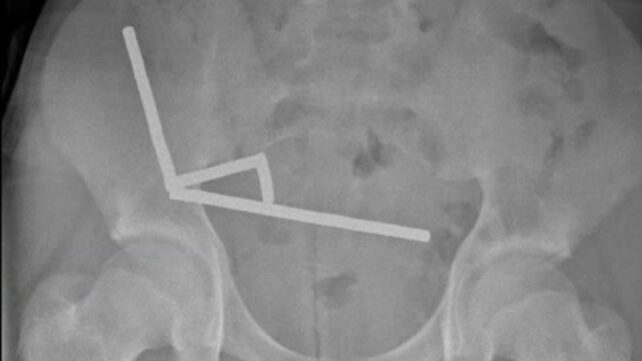In a decision that surprised both economists and financial markets, the Reserve Bank of Australia (RBA) has kept the cash rate on hold at 3.85%. The decision, announced on July 8, went against widespread expectations of a rate cut that would have provided relief to mortgage holders.
For the first time in its history, the RBA revealed the voting breakdown of its board members, with six voting to hold rates and three voting for a cut. This unprecedented transparency shows how finely balanced the decision was.
RBA Governor Michele Bullock explained the hold was about “timing rather than direction,” emphasizing that the path for interest rates remains downward. “The direction is down, but it’s cautious,” Bullock said during her post-meeting press conference.
The decision hinges largely on upcoming inflation data. While monthly inflation has dropped to 2.1% over the year to May, the RBA prefers to rely on quarterly figures, which were last recorded at 2.9% for the trimmed mean in March. The next quarterly inflation report will be released on July 30, just before the RBA’s August meeting.
“By our next meeting in five weeks, we will have the June quarter data,” Bullock noted. “The board decided to wait a few weeks to confirm that we’re still on track to meet our inflation and employment objectives.”
Similar Posts:
This cautious approach disappointed many Australians with mortgages. According to financial comparison site Canstar, a homeowner with a $750,000 loan would have saved about $114 per week if the expected rate cut had materialized.
Treasurer Jim Chalmers acknowledged the public disappointment: “This is not the outcome that millions of Australians were hoping for, or the outcome that economists or the market was expecting.” However, he reinforced his support for the RBA’s independence.
The market reaction was immediate. The Australian dollar surged about 0.8% following the announcement, while bond futures fell, still pricing in an 88% chance of a cut at the August meeting.
Global factors also played into the decision. The board spent considerable time discussing international developments, particularly the potential impact of new US tariffs scheduled to begin on August 1, which could affect inflation and economic growth in Australia.
The RBA’s decision stands in contrast to the near-unanimous predictions from major banks and financial institutions. All four major Australian banks had forecast a cut, and financial markets had priced in a 96% probability of a reduction.
Financial experts now advise borrowers not to passively wait for rate relief. “The smarter move is to compare and switch. There’s often no prize for loyalty and no reward for waiting. If your rate is above 6%, it’s time to ask why,” said Mozo personal finance expert Rachel Wastell.
The RBA board will meet next on August 11-12, with markets now focusing intensely on the upcoming quarterly inflation data as the key factor that could trigger the next move downward in rates. For Australians struggling with mortgage stress and cost of living pressures, the message is clear: relief is coming, but not quite yet. As Bullock put it, “I understand that households with borrowing mortgages are very keen to see interest rates decline because it helps them with their cashflows. So I’m very conscious of that.”


















